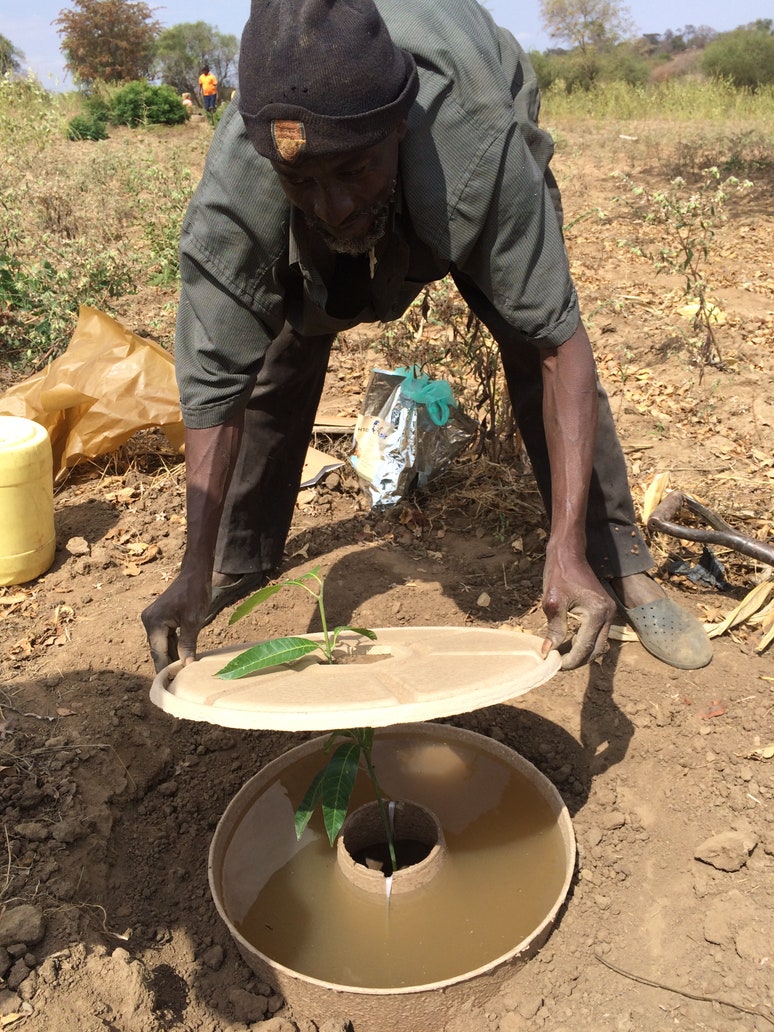I read the link and it is certainly a great approach to help communities in severe climate locations. It drives home what many on this and other forums have learned - a more mature seedling has a great chance to survive.
The product the man developed helps the seedlings survive long enough for the roots to get to the depth to survive.
A good post - thanks to the original poster.
Wayne
